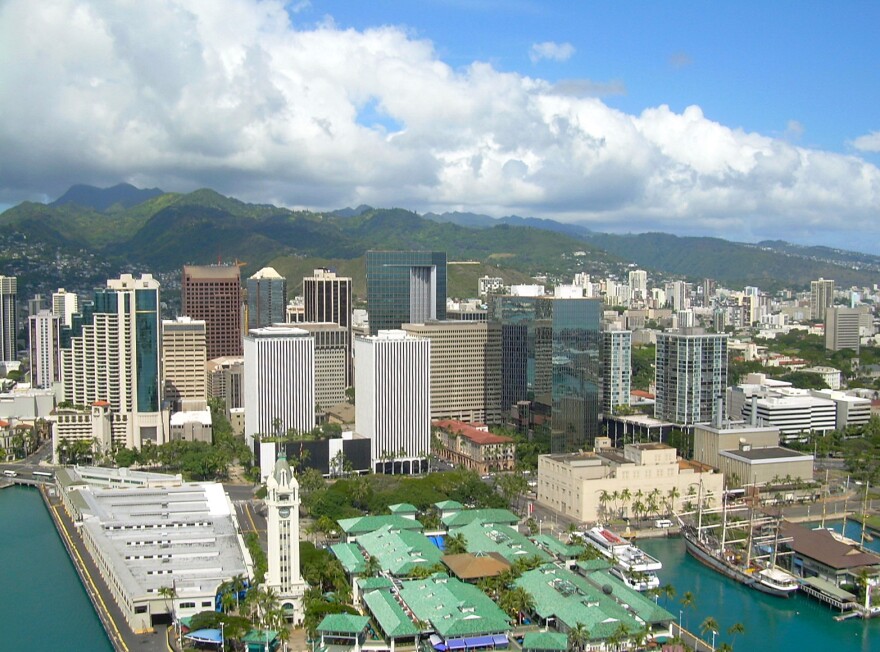The pandemic has sparked many changes — and that includes the economy. In fact, some of those changes are reshaping cities, including Honolulu.
As post-COVID patterns emerge, the American City Business Journals measured the economic and demographic trends that are shaping the future of cities, including Honolulu’s. These measures included such things as access to capital, home values, patterns of migration and more.
From 2010 to 2020, Honolulu’s population grew 7% to just over 953,000, with a fair amount of churn — that is, people moving in and out of Honolulu from other U.S. cities. Interestingly, the cities we lose residents to are often the cities we gain residents from.
Nearly 1,900 people fled to San Diego, for example, but San Diego was the top source of in-migration, with just 1,500 arrivals.
Clark County, Nevada (Las Vegas, of course) remains the single most popular area for people leaving Honolulu. In more recent years, net out-migration has become a bigger concern, with more people moving out than in.
Hawaiʻi has seen the need to diversify the economy after 2019 showed we were getting too many visitors. Then 2020 showed what it costs to have virtually none.
But in terms of access to capital, we have a lot of work to do to foster entrepreneurship.
Honolulu ranked 484th out of 11,600 metropolitan areas for Small Business Administration loans in the last fiscal year. And the average number of venture capital deals signed each year shows a startup economy comparable to that of Dayton, Ohio, or Little Rock, Arkansas.



